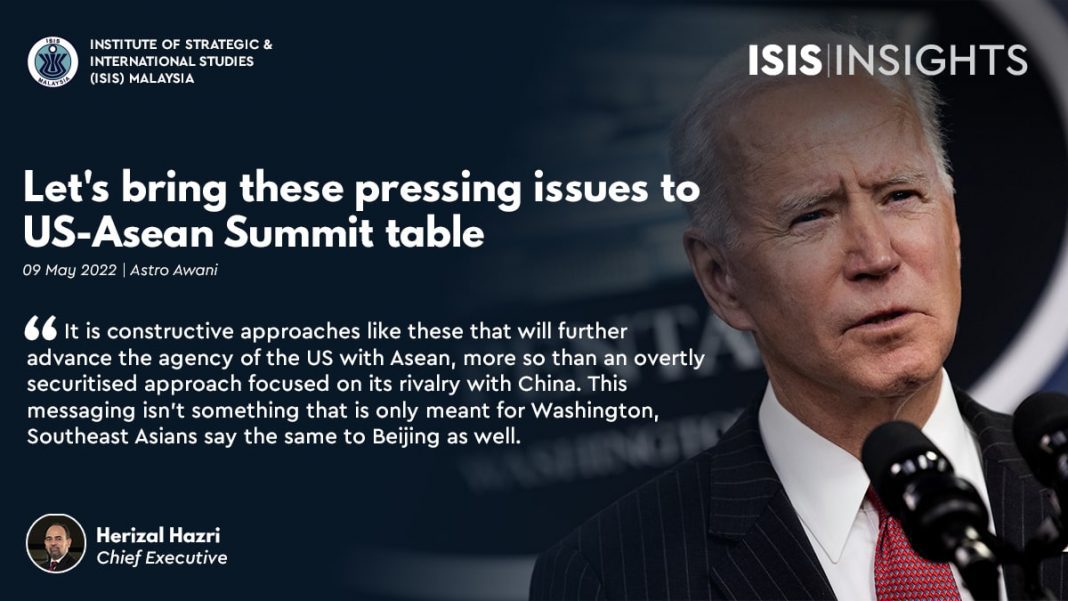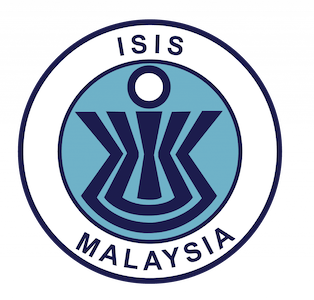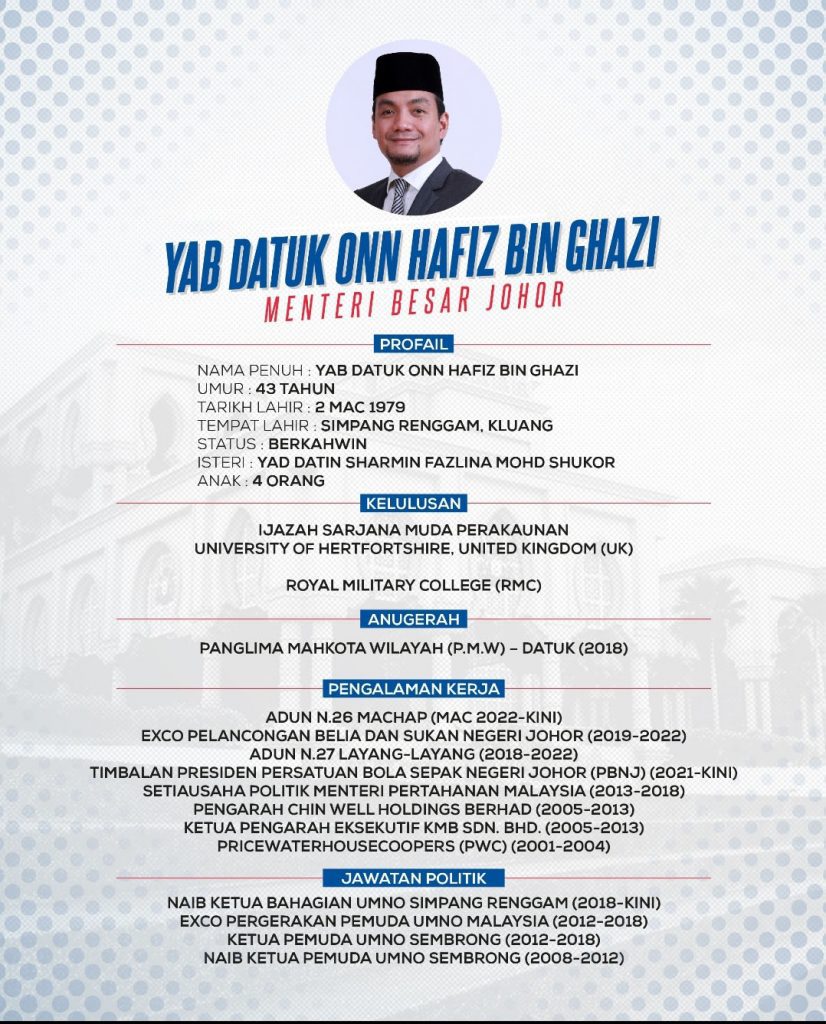SITTING in Washington DC, it is easy to get distracted by the great number of strategic issues that compete for the attention of policymakers, their advisers, journalists and other relevant practitioners. From what is now a significant war in Eastern Europe to global inflationary pressures and fluctuating commodity prices to domestic culture wars – these are just some of the issues against the broader backdrop of the much-anticipated Asean-United States special summit over the next two days.
Given the many pressing concerns for Washington, it is more important that they don’t distract both the US and Asean from focusing on key matters of mutual interest. While there are a variety of issues that leaders would like to address, the consensus is that climate change, global supply chains and major power dynamics are among the most pressing.
Cost of climate-related disasters
Southeast Asia is among the world’s most at-risk regions when it comes to the impact of climate change. In 2020-2021, an estimated six million were displaced and hundreds died across Cambodia, Laos, Malaysia, the Philippines, Thailand and Vietnam from floods due to intense storms and typhoons. Rising sea levels are likely to displace more people and rack up significant economic and infrastructure costs.
Asean’s mitigation efforts are clearly insufficient to combat climate change. The region’s heavy reliance on fossil fuels also undermines national pledges to curb emissions and embrace cleaner energy sources.
The region needs technical assistance and “first-best” economic instruments – for example, removal of fuel subsidies, carbon pricing – to tackle climate change. The adoption of economic instruments and shift to a “new climate regime” is costly and requires long-haul investments, which not all member states might be able to meet.
Trade must go on
As China continues to pursue a seemingly untenable “zero Covid” policy, the global economy is counting the costs: the shutdown of major manufacturing centres and cities like Shanghai as well as significant congestion in global supply chains.
Such disruptions, coupled with major power competition, are sufficient to push global investors and governments, including the US-based players, to look to Southeast Asia to fill in the emerging gaps.
Asean can play a major role in helping coordinate local supply chain resilience, but it needs help to improve infrastructure. The US can help member states to upgrade and modernise port infrastructure to reduce global chokepoints.
It can also use its extensible competitive advantage to help the region invest in digital infrastructure so businesses can improve information flow on inter-firm transactions and supply chain networks.
Lowering such costs and building local capacity and governance standards will not only increase regional prosperity, but ultimately benefit the US and the wider global economy in the long term.
Staying clear of major power rivalry
Asean’s engagements with the US must be predicated on the clear premise that this region does not wish to be drawn into major power rivalry. This is certainly a tricky prospect seeing that Southeast Asia features prominently in geopolitical competition between the US and China. It isn’t immune to the effects of Russia’s invasion of Ukraine either, with the region buffeted by high food, energy and commodity prices.
The ball is in both courts here. The US would do well to avoid pressing Asean, even inadvertently, into any initiative or statement that would be seen as taking sides. At the same time, regional leaders must seriously address internal cohesion in the face of issues like managing the Myanmar crisis and the South China Sea dispute. Asean’s interests would not be served if its dialogue partners perceive it to be influenced by major powers.
An enduring partnership
In October 2021, the Biden administration made a point of emphasising its enduring commitment to Asean through an allocation of up to US$102 million (RM444 million) in new initiatives to expand the US-Asean strategic partnership. They were focused on healthcare, economic growth, sustainable initiatives and climate action.
These are a promising indication of an understanding of key concerns for this region. Asean is eager to address these matters with its dialogue partners, and indeed have seen overtures by China, the EU and Japan. It is high time that the US got on board with serious commitments.
It is constructive approaches like these that will further advance the agency of the US with Asean, more so than an overtly securitised approach focused on its rivalry with China. This messaging isn’t something that is only meant for Washington, Southeast Asians say the same to Beijing as well.
But these challenges are also long term and need continuous engagement, not a one-off approach or token sums. There need to be structured engagement across all levels. The results and pronouncements of this leader-led summit will be important to watch but more so is the follow-up where the actual work is done.
This article was first appeared in Astro Awani on 9 May 2022.





